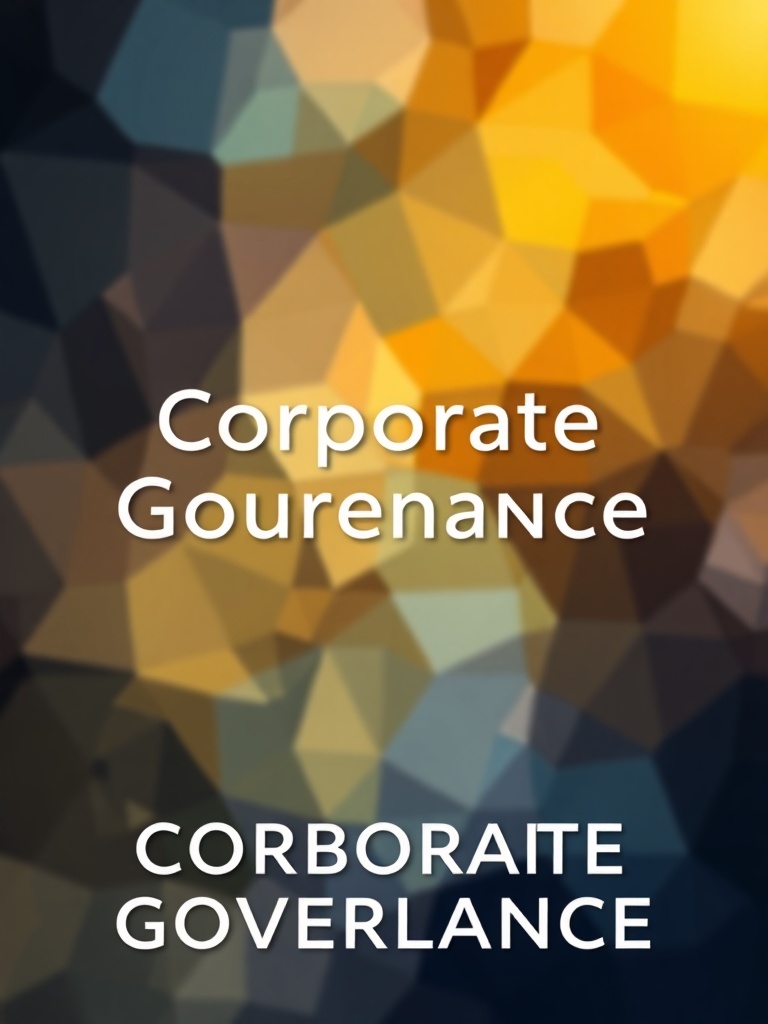Corporate governance is evolving from compliance-driven checklists into a strategic lever that shapes long-term value. Boards and senior leaders must now balance traditional fiduciary duties with emergent priorities: environmental, social, and governance (ESG) integration, heightened cyber risk, and activist shareholder engagement. This shift demands clear governance frameworks that align risk oversight, metrics, and stakeholder expectations.
Key governance priorities shaping board agendas
– ESG integration with accountability: Investors and stakeholders expect measurable outcomes, not just policies. Boards should require ESG targets tied to executive compensation and regular performance reporting.
Establishing ownership—usually at the board committee level—for climate risk, human capital, and supply chain sustainability creates accountability and avoids siloed efforts.

– Cybersecurity and technology oversight: Cyber incidents can quickly become material events. Boards need to move beyond technical updates to assess cyber readiness as an enterprise risk: incident response preparedness, third-party vendor resilience, data governance, and tabletop exercises. Recruiting directors with cyber or technology experience, or using external advisors, strengthens oversight.
– Risk-informed strategy and scenario planning: Effective governance links strategic planning to risk appetite. Boards should regularly review stress-testing and scenario analyses for major risks—market volatility, supply disruption, regulatory shifts, and reputational crises—so strategy remains resilient under different conditions.
– Executive compensation alignment: Compensation packages should reflect strategic priorities and long-term value creation. Incorporating ESG, retention, and risk-adjusted performance metrics aligns management incentives with sustainable outcomes and discourages short-termism.
– Shareholder and stakeholder engagement: Active investor engagement, including from institutional investors and proxy advisors, influences governance practices. Boards should adopt proactive engagement strategies: transparent disclosures, explainable voting policies, and meaningful dialogue about strategy and governance choices.
Practical steps boards can take now
1. Clarify oversight responsibilities: Update charters to specify which committee oversees ESG, cyber, and risk. Avoid overlap and ensure regular committee-to-board reporting loops.
2. Strengthen board expertise: Assess skills gaps and pursue targeted recruitment or advisory support. Ongoing director education on cyber, climate science, and regulatory trends keeps the board effective.
3.
Adopt robust disclosure practices: Move beyond boilerplate reporting.
Use clear metrics, targets, and progress narratives that stakeholders can assess. Ensure disclosures are consistent across financial and sustainability reports.
4. Institutionalize scenario planning: Incorporate stress tests and tabletop exercises into the annual calendar, with management accountable for remediation plans and timelines.
5. Integrate third-party risk management: Require vendor risk assessments, contractual security standards, and periodic audits for critical suppliers and partners.
6.
Align incentives with risk management: Tie meaningful portions of long-term incentive plans to sustainability and resilience metrics, ensuring incentives discourage excessive risk-taking.
Common pitfalls to avoid
– Treating ESG as a communications exercise rather than a governance priority
– Overreliance on external ratings without understanding underlying assumptions
– Insufficient cyber diligence for supply chain vendors and M&A targets
– Static governance charters that don’t adapt as risks evolve
Boards that treat governance as a dynamic, strategic discipline will be better positioned to protect enterprise value and capture new opportunities. By integrating ESG and cybersecurity into core oversight, aligning incentives to long-term resilience, and maintaining proactive stakeholder engagement, governance becomes a differentiator rather than a cost center—driving trust, durability, and sustainable performance.